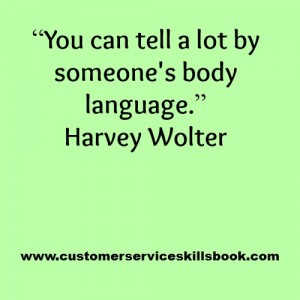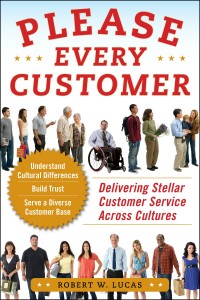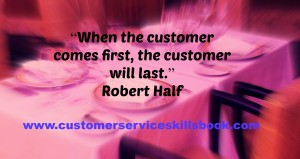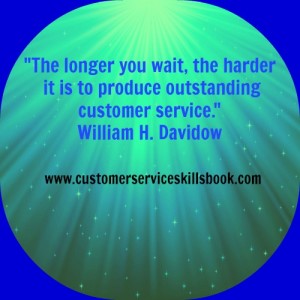Non-verbal Communication Quote – Robert W. Lucas
Customer service representatives are often the first people with whom a current or potential customer comes into contact when reaching out to an organization. Their role is to quickly and professionally use their customer service skills to assist in resolving issues or concerns or providing products and services that they are seeking. Communicating effectively with customers is the only means of gathering information from them that will allow a customer service representative to address and satisfy their needs, wants and expectations.
While verbal communication is a powerful tool for gaining customer input, their nonverbal messages often overshadow what they say and send their true emotional meaning of feelings in a give situation. If you learn to read these cues, you will often be able to more accurately deliver the best customer service possible.
Your non-verbal communication cues—the way you listen, look, move, and react—tell the person you’re communicating with whether or not you care, if you’re being truthful, and how well you’re listening. When your non-verbal signals match up with the words you’re saying, they increase trust, clarity, and rapport.
Here are some quick ways to improve your non-verbal communication asap:
- Avoid slouching 24/7
- Steer clear of nervous laughter when the message is serious
- Display some animation with your hands and facial expressions to project a dynamic presence.
- Eliminate fidgeting during a meeting
- Establish frequent eye contact but never use a piercing stare
- Focus on the conversation.
- Introduce yourself with a smile
- Offer a firm handshake
- Listen carefully
- Never interrupt the other speaker in a conversation
For more ideas and strategies on how to effectively read and sent non-verbal messages, get copies of Customer Service Skills for Success: Delivering Stellar Customer Service Across Cultures and Customer Service Skills for Success.
About Robert W. Lucas
Bob Lucas has been a trainer, presenter, customer service expert, and adult educator for over four decades. He has written hundreds of articles on training, writing, self-publishing, and workplace learning skills and issues. He is also an award-winning author who has written thirty-seven books on topics such as, writing, relationships, customer service, brain-based learning, and creative training strategies, interpersonal communication, diversity, and supervisory skills. Additionally, he has contributed articles, chapters, and activities to eighteen compilation books. Bob retired from the U.S. Marine Corps in 1991 after twenty-two years of active and reserve service.

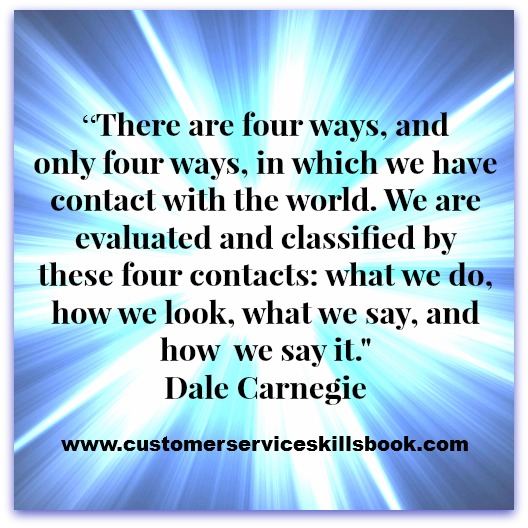
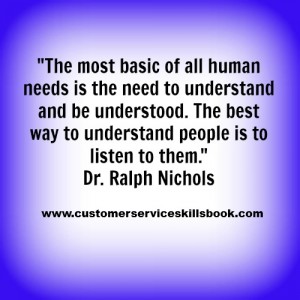 Improving Customer Service With Active Listening Skills
Improving Customer Service With Active Listening Skills